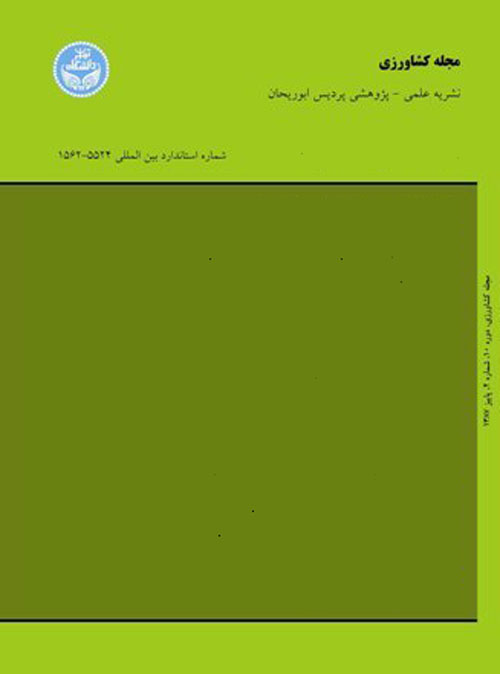Study the biology of Helicella candeharica in Mazandaran province
Abstract:
Biological studies of Helicella candeharica in citrus orchards in west of Mazandaran province (Tonekabon region) was conducted during 2004-2005. This species has one generation in a year and mating and egg laying were lasted from August to September. Under natural conditions of Tonekabon، the snail showed to hibernate as larvae and adult at the depth of 2. 5-3 cm in the soil. Larvae and adults were appeared in early spring time and were completed after four months. Mean of oviposition period was 25 (±3) days، average egg cluster was 31. 3 (±5) eggs means duration of incubation period was 25 (±4. 85) days. The hatchability of eggs was 65. 5 (±15) percent. A mean number of 24 (±7) newly hatched snails was counted per adult. In early autumn، newly hatched snails and adults damaged the leaves and citrus fruits. The animal entered the winter season in the form of hibernation (below 8? C) and in summer due to high temperature (above the 23? C) caused aestivation. The snail abundance has a direct relation with the humidity and temperature. The range of temperature that snails were active was 8-23? C in Tonekabon locality.
Language:
Persian
Published:
Journal of Agriculture , Volume:10 Issue: 2, 2008
Page:
1
https://magiran.com/p954777


